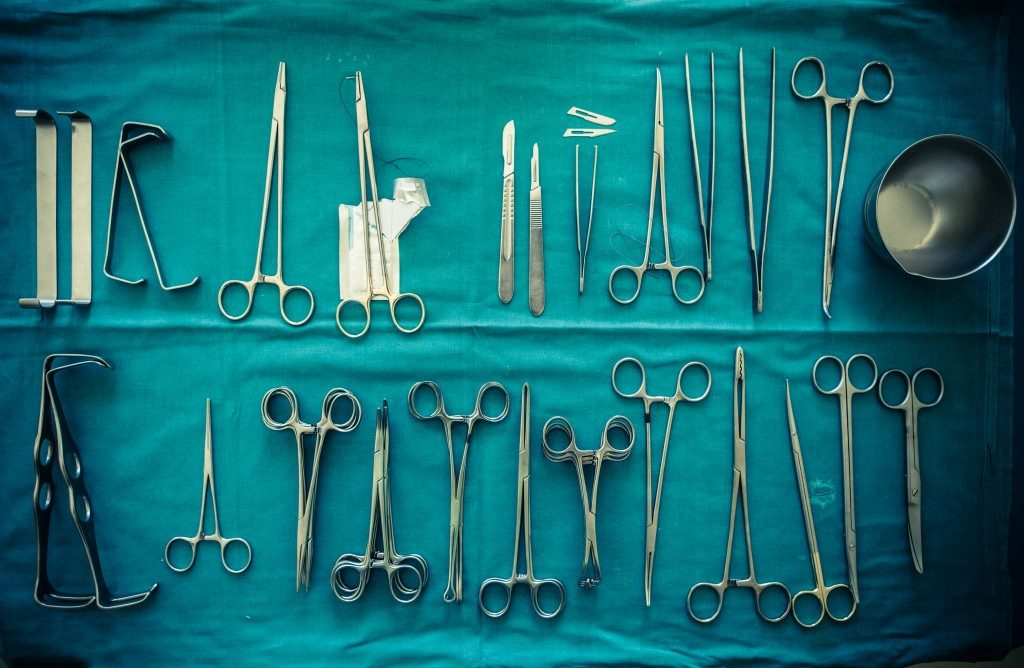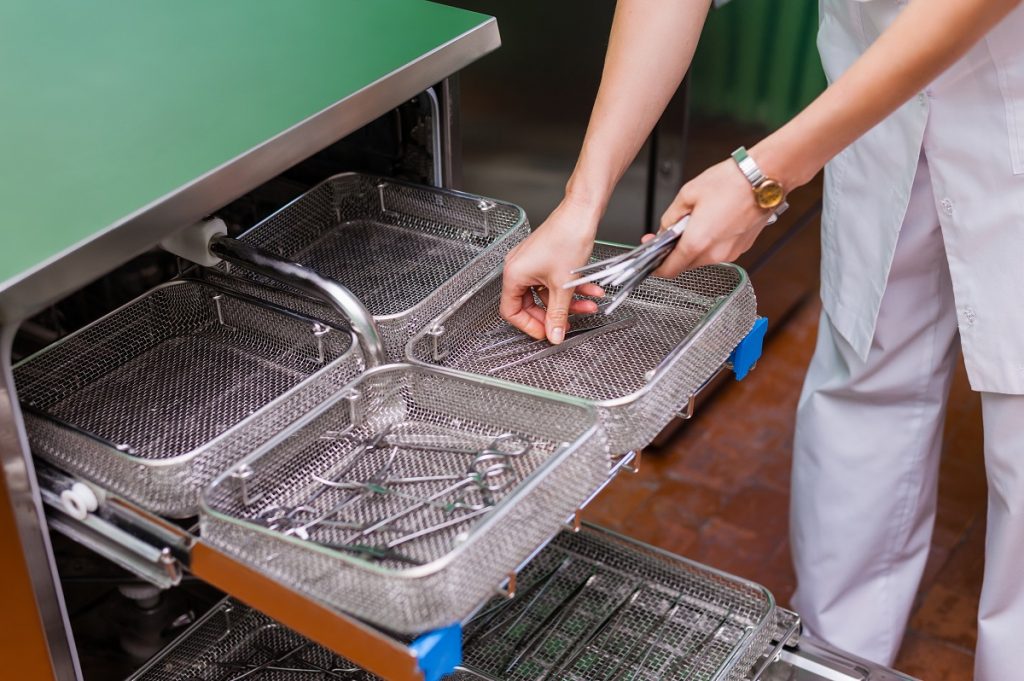Surgeries are now among the leading definitive management alternatives for most conditions. As such, your operating room will be among the busiest areas of your medical institution. There is, however, one thing that could lead to poor outcomes of surgeries and minimize your profits even with the best-trained surgical team. This is the lack of the right surgical instruments. People can, after all, only handle so little without the proper surgical instruments.
A disposable biopsy punch is among your operating room’s must-haves with the high rise of growths nowadays. The punch is used to snip a part of a suspicious growth for investigation. Most hospitals center on disposable surgical instruments to cut back on their cleaning and sterilization costs. Even so, opting exclusively for disposable surgical tools is mostly unfeasible.
As such, you should also invest in the right sterilizing equipment for your surgical instruments to make them safe for use in multiple surgeries. Cleaning and disinfecting are essential pre-requisites of sterilization to get rid of surface debris. Here are the methods used for the sterilization of your surgical instruments.
Steam Sterilization
This is done in an autoclave. Steam sterilization is the common option for most surgical instruments because it is safe and inexpensive. The autoclave will use pressure and intense heat to kill the microorganisms on the surface of your tools and in their nooks. When sterilizing equipment made of heat-sensitive materials, you can wrap it in cotton or paper to minimize its risk of damage. The steam should be exposed to all parts of your instruments for optimal sterilization. This means leaving enough space between your pieces so that they can move freely in the autoclave.
Dry Heat Sterilization
In cases where steam cannot fully penetrate your instrument or might destroy it, dry heat sterilization is your best option. The process is a strong but slow one that takes place under high temperatures and takes a longer time to complete compared to steam sterilization. Dry heat sterilization uses temperatures above 340 degrees Fahrenheit to kill all forms of microbial life.
Chemical Sterilization
Some materials used for surgical instruments cannot withstand the high temperatures of steam and dry heat sterilization. The standard chemicals used for the sterilization of these instruments include ethylene oxide, bleach, ozone, and hydrogen peroxide. The instruments are submerged into the chemical for a specified timeframe before they are rinsed and left to dry. Though effective, chemicals sterilization is unsuitable for fiber optics, highly heat-sensitive materials, and biological materials.
Plasma Gas Sterilization
Plasma gas sterilizers will effectively get rid of fungi, viruses, bacteria, and spores. Vaporized hydrogen peroxide, in this instance, is added to an enclosed chamber. When the gas flow is stopped, the low-temperature plasma in the chamber sterilizes the equipment. Though costly, plasma gas sterilization is your best choice for moisture-sensitive tools.
The above sterilization alternatives for surgical instruments have significant benefits over other cleaning options or surgical tools. They, for example, decrease the bioburden on the devices, prevent corrosion, and get rid of a breeding ground for microorganisms. This way, you reduce the odds of cross-contamination across patients and boost your chances of positive outcomes.

